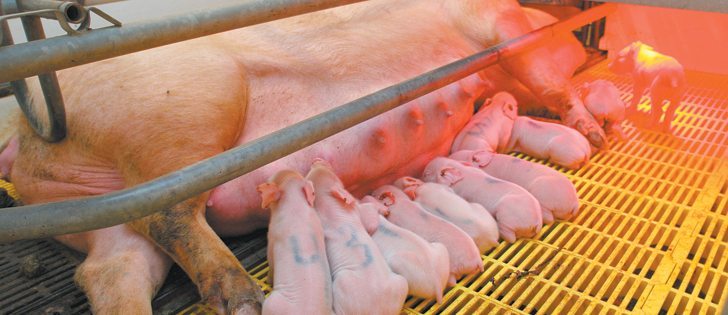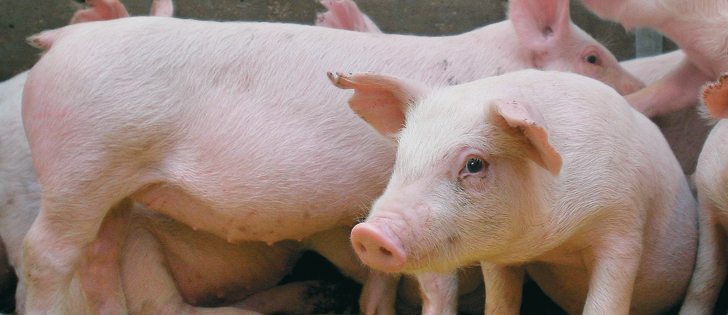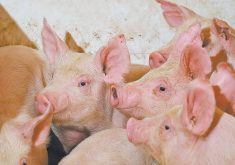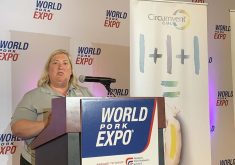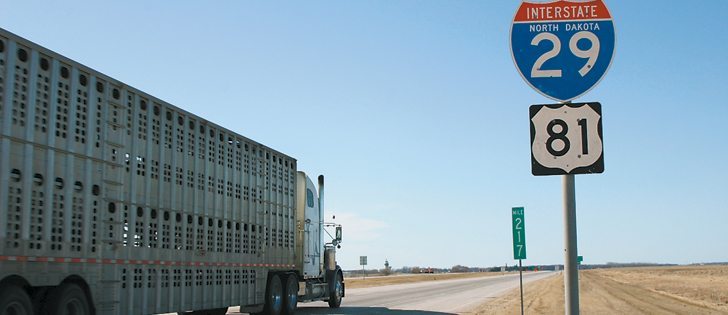USDA Hogs and Pigs report | Pork prices are high but high feed costs are eating profits
Hog farmers are doing what they can to align themselves with the markets, according to the U.S. Department of Agriculture’s most recent quarterly Hogs and Pigs report.
However, expensive feedgrains will likely delay a return to profitability until late next spring.
The report released Sept. 28 showed American farmers cutting back on breeding for the next half-year.
However, the USDA grain stocks report released the same day found significantly less corn than expected just a few weeks ago.
The corn stocks sent corn prices shooting higher Sept. 28, worsening the profit outlook for hog producers.
Read Also

Critical growing season is ahead for soybeans
What the weather turns out to be in the United States is going to have a significant impact on Canadian producers’ prices
Some of the damage was offset Oct. 1 when corn was fairly steady but hog prices rose. October lean hog futures rose by 37 cents, the December contract rose $1.45 and February rose $1.73 .
However, the razor-thin corn stocks underline the seriousness of the squeeze that hog farmers face until next spring.
“What we really need is a big corn crop next summer,” said Ron Plain, a livestock economist with the University of Missouri.
The USDA found that hog farmers had only slightly cut their breeding stock numbers by the beginning of September but were planning to cut back farrowing for the next six months.
Farrowings were down 1.2 percent from June to August, and farmers intended to farrow 2.7 percent fewer sows in September to November and 1.5 percent less from December to February.
That was larger than most analysts had predicted, so it was good news on the hog price front.
However, it was hard for hog producers to celebrate after seeing corn prices go limit-up earlier in the day.
Ironically, most analysts see the problem with the hog industry as having too few sows and not enough meat coming to market in the next year or two.
Pork prices are high, demand is booming and consumers appear willing to eat whatever farmers produce. The present problem facing growers is solely a product of radically higher feedgrain prices caused by the U.S. drought.
“Next year the outlook for hogs and cattle … the markets will get so short of supply that they’ll have to have a huge reaction,” said David Hightower, primary analyst for the Hightower Report. “We’re facing a huge protein shortage.”
Hightower said the extremely high price of feedgrains robs producers of profits, despite extremely high pork prices. That discourages farmers from producing more pigs, even though supply and demand fundamentals should be excellent once the drought impact has passed.
The volatility undermines farmers’ confidence that they can invest in farming and succeed.
“(Buyers) need to keep prices high and stay high,” he said.
Hightower just toured China, arguing in speeches that commodity prices are much too low to produce the amounts that China needs. Buyers still believe commodity prices are high, which makes them leery of paying more.
As a result, they often allow future prices fall to a level that discourages production, setting up more volatility in the future.
“This is going to foster swings in volatility,” he said.
“Hogs and beef sometime in the next 18 months, at some point, they’re going to have to really rally in order to get that production up.”
Analyst Alan Brugler of Omaha, Nebraska, had a similar outlook on the confusing signals being sent to farmers by high prices and demand but also high losses.
“We really don’t want to see the North American pork production cut back that much further,” said Brugler.
European farmers are reducing production and the Chinese government is trying to encourage its producers to breed fewer sows, he added.
Plain said hog farmers are acting rationally when they reduce farrowing, but their production is only half the equation and inadequate to return them to profitability.
“It’s a cutback, but it’s not a large cutback,” said Plain. “It’s not large enough to offset the feed prices.”




